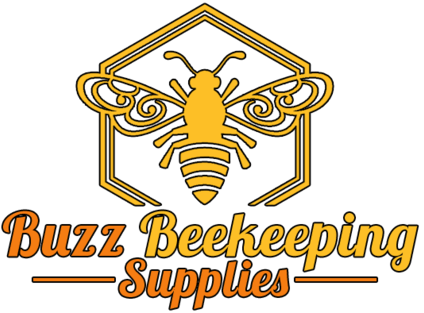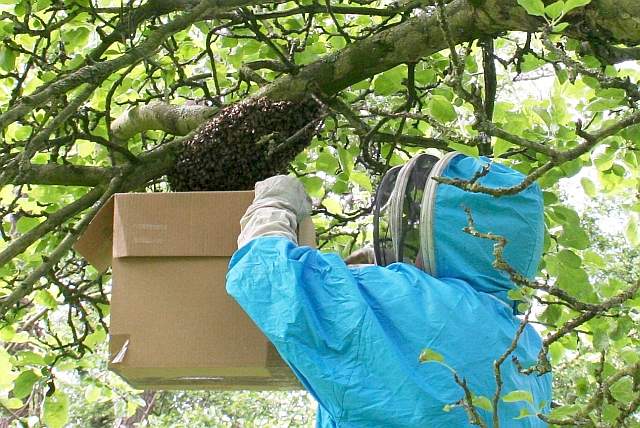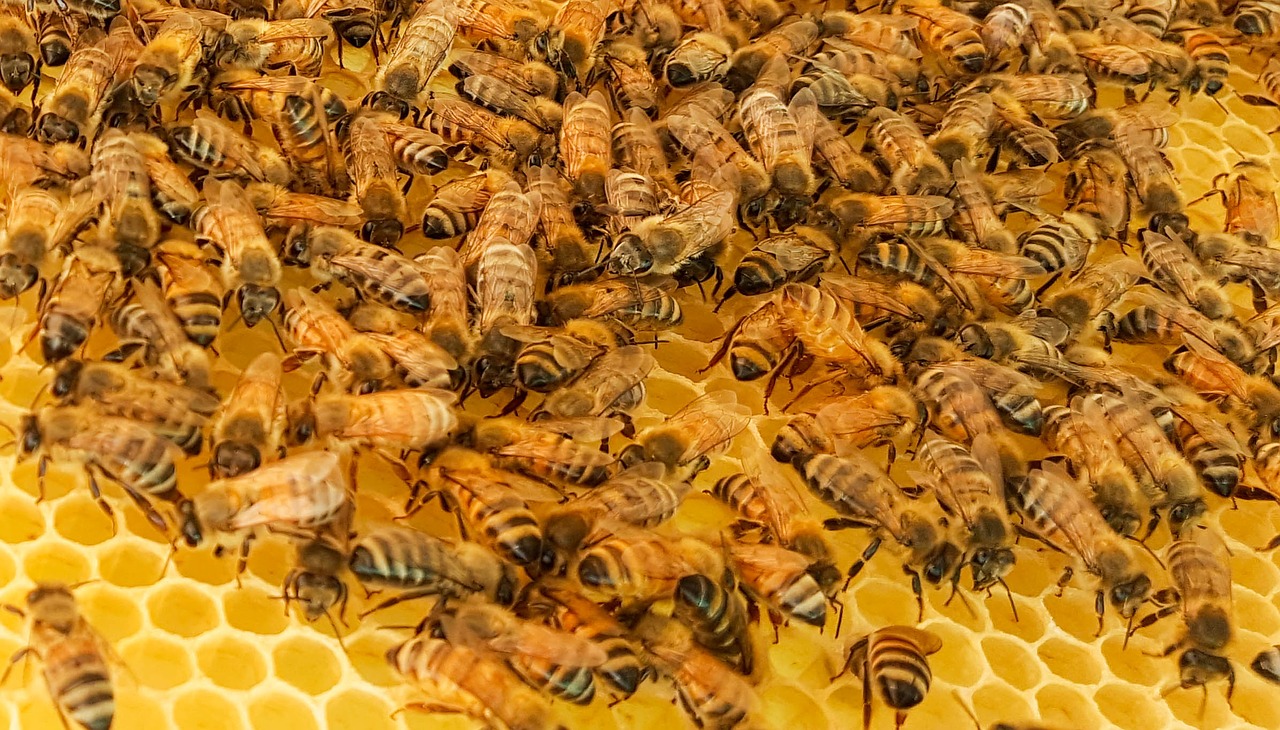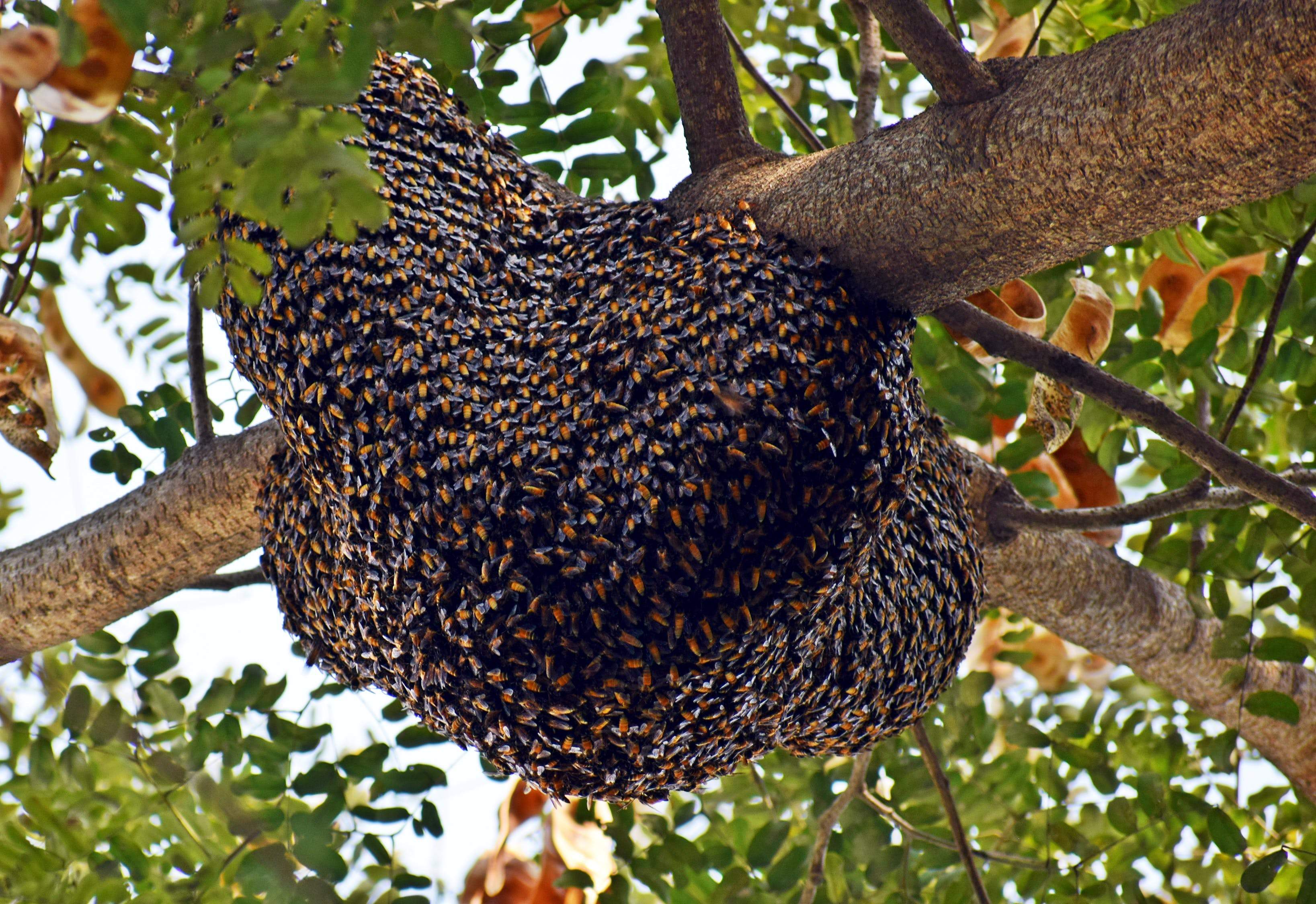Small Hive Beetle
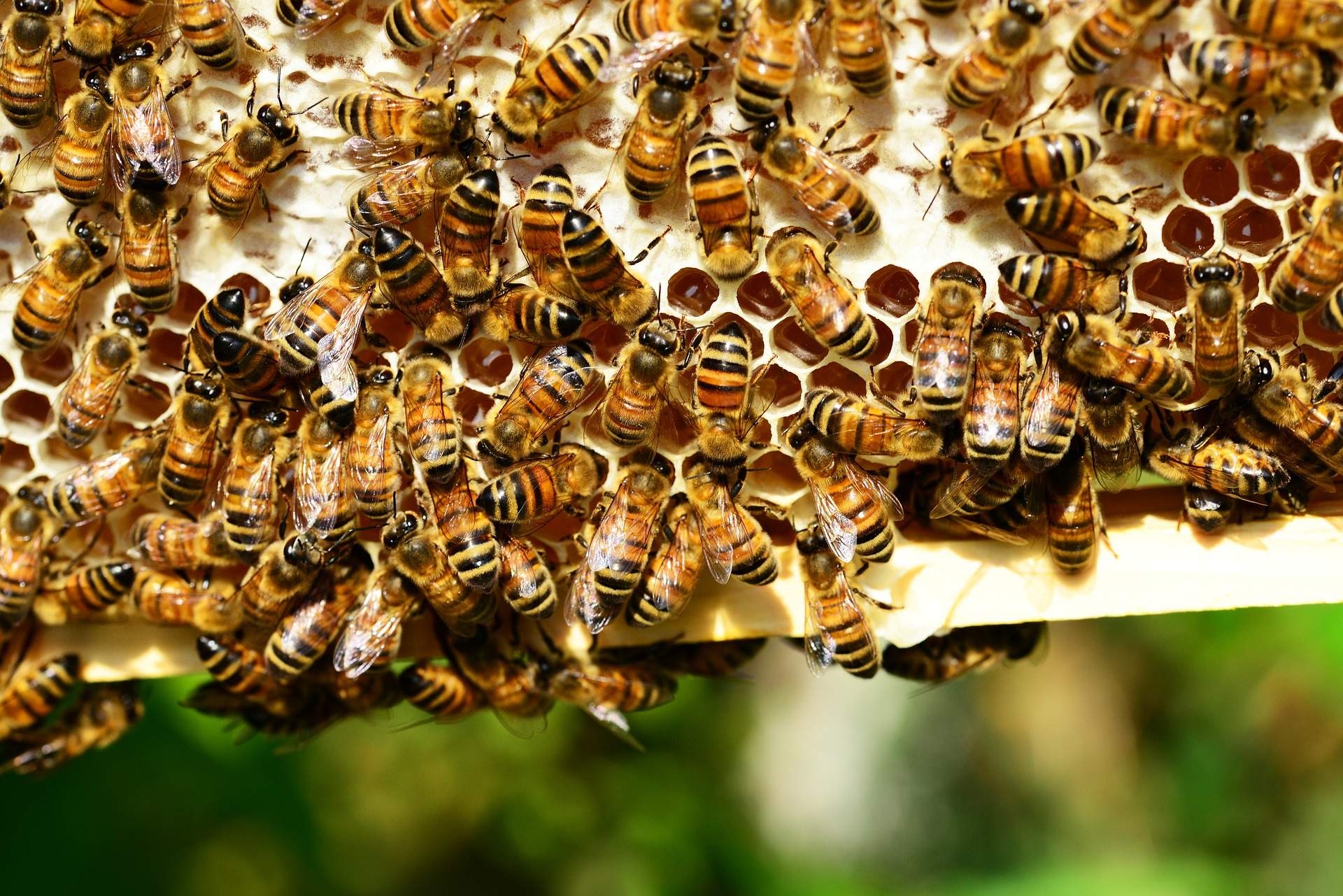
Small Hive Beetle – Aethina tumida (SHB), which is the small hive beetle, is a native to sub-Saharan Africa. The small hive beetle can be found around honeybees. Although they are often found around the honeybee colonies there has not been much known about what threat or damage to the honeybee colonies they have caused.
In 1998 the small hive beetle made its way into the United States. How the small hive beetle made its way into the country is unknown.
Currently the small hive beetle can be found in more than 30 states and these beetles can definitely be found in the Southeastern states.
It is speculated that these beetles may have been transported throughout the United States from certain packaging. These beetles may have also been brought in by migrant beekeepers. Also since the beetles are capable of flying they have been able to travel on their own. A small hive beetle can fly for several miles, which makes it easier for them to travel freely throughout the states.
The small hive beetle is considered to be a pest but at a secondary level. They are a pest that seeks opportunity.
In Georgia they have become a problem as they have caused damage with the bee colonies there. Since the beetles are in abundance in that area they have caused problems for the honeybee colonies.
The beetles bring varroa mites and other hard conditions for the honeybees. With the arrival of the small hive beetles they create a stressful situation for the honeybees.
Although the small hive beetle can create a stressful situation for the honeybees they are able to hold their ground to a point.
Unless the small hive beetles are massive. In this case it can create a problem because they are able to lay eggs and reproduce their numbers rapidly.
The survival of the honeybee colony will depend on various factors. The amount of small hive beetles compared to the honeybees. The strength of the honeybee colony compared to the small hive beetles. If the honeybees are healthy and if the population can out power the small hive beetles while making them obsolete.
 Unfortunately even with the honeybees’ ability to sting its opponent it is no match for the small hive beetle. The small hive beetle is built with an armor that is tough and the stingers will not penetrate through their shells. Often the honeybee will try to strategically remove the small hive beetle by simply moving them.
Unfortunately even with the honeybees’ ability to sting its opponent it is no match for the small hive beetle. The small hive beetle is built with an armor that is tough and the stingers will not penetrate through their shells. Often the honeybee will try to strategically remove the small hive beetle by simply moving them.
The beetles are masters at hiding in small crevices and cracks so that they can escape the honeybees. In retaliation the honeybees use this as a way to trap the small hive beetles where they are.
Although, the small hive beetles have learned some skills to survive when they are put into this situation. They have learned to become adaptable and can trick the honeybees into feeding them from stimulating their antennas.
This survival skill keeps the small hive beetle thriving. They will often stay with the honeybees until they are released by the beekeepers upon inspection.
Detection of the Small Hive Beetle
Detection of the small hive beetle is an easy task. They can be found throughout the bee colony hive. They can often be seen as an infestation and will be on various parts of the combs as well as the layers of the hive.
When looking for small hive beetles in the top area of the hive they are easy to find by opening up the hive, placing the top hive cover in the sun, and placing that top hive on top of the cover.
cover in the sun, and placing that top hive on top of the cover.
The small hive beetles do not like the sunlight and you will be able to see them trying to hide from the sun. This will take a small amount of time but once they have removed themselves from the area you will be able to pick up the hive and remove the rest of them in this fashion.
In the event that the small hive beetles become over populated they will make it hard for the honeybees to maintain a viable hive. This could happen if the colony is already weak or the population of the honeybees has decreased.
It may happen if the beekeeper is not taking certain actions to protect the honeybees. If any of those predicaments occur the honeybees will become defenseless by the overpopulated small hive beetles. This can cause the colonies to split, form smaller colonies; which results in the colony being less powerful.
With over supering hives it can cause problems for the honeybee colony. They may not be able to handle the abundance of small hive beetles.
Control of the Hive Beetle
Controlling the colony by prevention would be the best way to deal with the small hive beetle.
If this is not possible there is an actual chemical to help control the infestation of these beetles. There are various avenues that can be taken in order to protect the honeybees.
One of the most effective ways to protect the honeybees from infestation is to keep their hives in sunny areas since the small hive beetle is not a fan of sunlight.
1. Ventilated Suit – https://amzn.to/2D1hJBu
(NEW) Ventilated Jacket – https://amzn.to/2Av6piJ
2. Beekeeper YKK Suit Combo – https://amzn.to/2Xk3xLz
3. Beekeeper Journal – https://bit.ly/3xXxFl2
4. YKK Suit – https://amzn.to/2IDJALO
5. Beekeeper Jacket – https://amzn.to/2FirwTW
6. Beekeeping Gloves:
– Goatskin Beekeeping Gloves – https://amzn.to/2GYxBZW
– Cow Leather Beekeeping Gloves – https://amzn.to/2uiSExd
7. Queen Marking Kit – https://amzn.to/2Wm1kCw
– Queen Marking Pens – https://amzn.to/3c4vE8y
–Queen Marking Cage – https://amzn.to/2TDwwdQ
